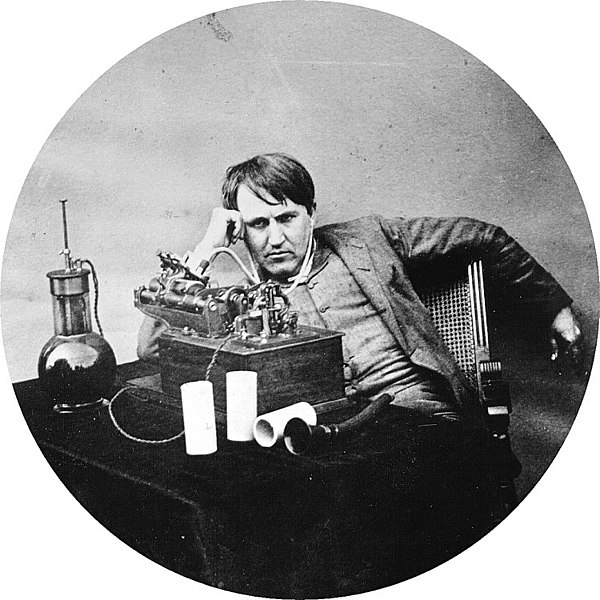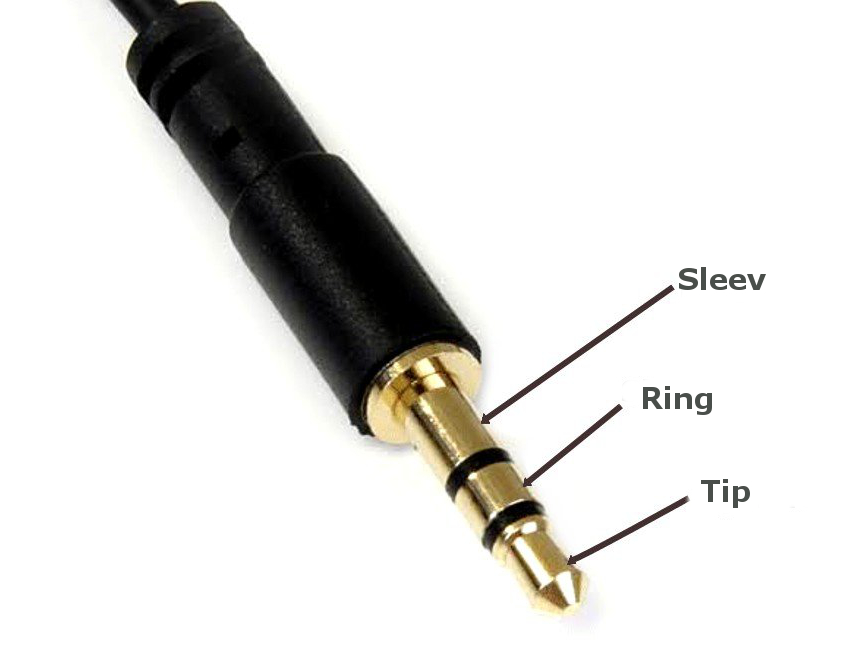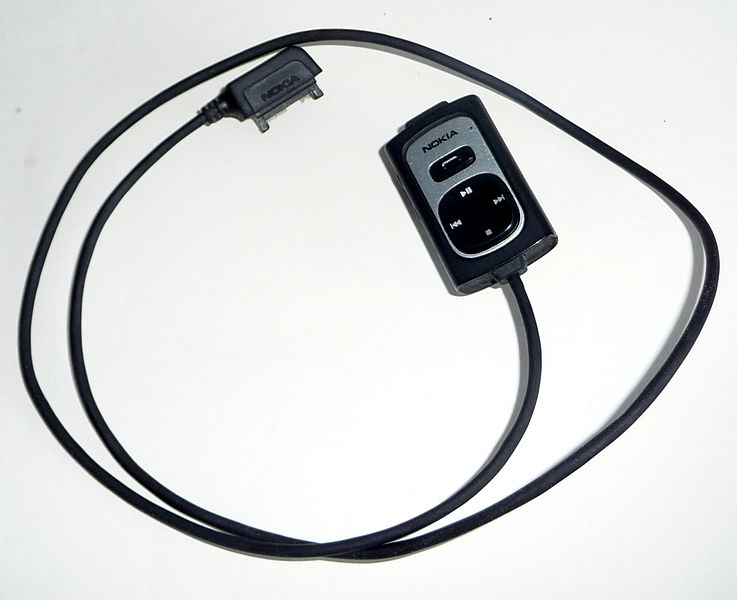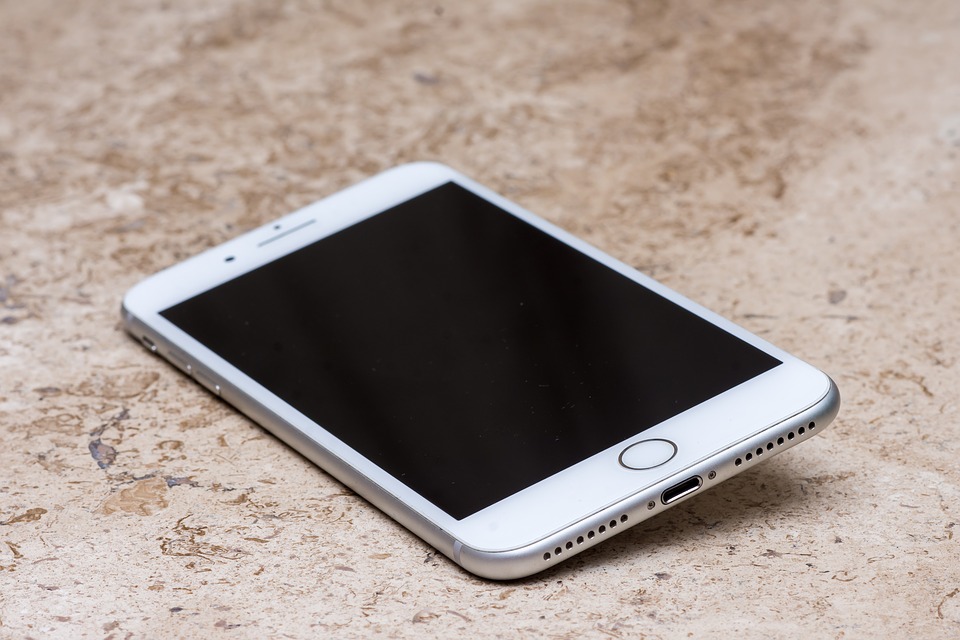Since the overwhelming dissipation of the Sony Walkman, people have grown to love the 3.5 mm jack for all their portable audio needs. Phone manufacturers like Nokia and Ericsson tried to introduce propriety ports for their devices, which worked for a while.
I’m at a house party hanging out with a group of friends. Each of us is fighting for the same 3.5mm cable to play our own music through the house speaker system. Ron’s got a taste for some smooth jazz, Lenny wants to shake the room with some EDM, and Katie wants to listen to Justin Bieber (seriously?!).
Each of them have phones made by companies based in very different parts of the world. Ron has a phone from Nokia, a Finnish company, Lenny has a phone from OnePlus, a Chinese company, and Katie’s is an Apple, an American company. Even so, each of them has the same 3.5mm port on their device.
So… how did so many companies decide on the same port for audio on their devices? Did these countries and companies suddenly decide to get along with each other on this one issue? What’s the secret behind the wide acceptance of the 3.5mm jack?

Origin Of The 3.5 Mm Audio Jack
The origins of the 3.5mm jack can be traced all the way back to the 19th century. Back in 1878, a predecessor to the 3.5mm jack, a 6.35mm jack (also called the ¼” inch jack) was developed as a ‘phone connector’ used by telephone operators to direct calls manually. Back then, you couldn’t just dial a number and be connected straight away. You had to speak to an actual person (the operator) and request that they connect your call forward.

As you can imagine, operators had a tough job 0f constantly plugging and unplugging wires on a switchboard as they connected customers to each other in rapid succession. This constant process of plugging and unplugging required a port that could withstand significant wear and tear and also connect seamlessly without checking which side was up (unlike the modern USB). A quarter-inch jack seemed perfect for the job.
In the late 19th century, Thomas Edison made a primitive version of modern headphones using vacuum tubes connected to the phone using the quarter-inch jack. This was perhaps the first time one could have a private telecommunication experience. However, it wasn’t until much later that the jack was actually used for the purpose of listening to music.

Also Read: How Do Headphones/Earphones Work?
Popularity Of The 3.5 Mm Jack
The early 20th century saw the arrival and widespread adoption of radio. Radio was the first instance where the quarter-inch jack found use in music. Every household flocked to the nearest electronic store to bring home their own music machine. People from all walks of life, from cozy New York apartments to massive houses with their own backyards, had music blaring on the radio, with some even going so far as to have conversations with it!
The exponential demand for radio allowed for the quarter-inch jack to become the new norm in the field of audio playback. Still, it wasn’t until the late 20th century that the public adopted the modern 3.5mm jack for their music listening experience.

In 1979, Sony invented the Walkman, which revolutionized the portable music industry. It was the iPod before the iPod existed. With a view to make it even more convenient, Sony made use of the smaller 3.5mm jack, which was first used in a Japanese company’s radio transistor. Everyone from college students to retirees had a Sony Walkman plugged into their ears. It was this explosive demand for the Walkman that allowed for the massive popularity of the 3.5mm jack. Moreover, the technology used in the 3.5mm port back in 1979 has remained largely unchanged to this day.
Also Read: Why Is The Audio Quality Of Phone Calls Still Not Great, Despite So Many Advancements In Technology?
How Does The 3.5 Mm Audio Jack Work?
The 3.5mm jack that we so widely use today is technically referred to as a TRS (Tip Ring Sleeve) connector. The tip, the ring and the sleeve are three integral parts of the jack. These are labelled below:

The tip transmits a current to the left speaker/earpiece, the ring transmits to the right speaker/earpiece, and the sleeve grounds the port. The black bands in between are called isolation grommets, which ensure that there is no unwanted mixing of sound between the right and left channels. If you pay attention, some 3.5mm jacks have one isolation grommet, some have two, while some even come with three. One isolation grommet means the connector comes with just a tip and a sleeve without a ring, which leads to a mono sound output. If you had earphones with a single ring, you would essentially have sound coming from only one of the earpieces. One-grommet jacks are primarily used for guitars.

Most 3.5mm jacks have 2 grommets that create a stereo sound, giving the user some semblance of surround sound. Jacks with 3 grommets, typically found in Apple’s old wired earphones, have the extra metal ring for the microphone input. So, the next time you’re at an electronics store looking for a good pair of earphones, look at the number of rings to determine which ones actually support mic functionality.
How 3.5 Mm Jack Became Popular?
Since the overwhelming dissipation of the Sony Walkman, people have grown to love the 3.5mm jack for all their portable audio needs. Phone manufacturers like Nokia and Ericsson tried to introduce propriety ports for their devices, which worked for a while. However, audio devices other than phones, such as iPods, amplifiers, mp3 players and sound mixers all maintained the traditional 3.5mm jack. Buying a separate set of earphones just for your phone, while having another pair for every other audio device in your household seemed like quite an ordeal. There was a demand for uniformity.

Eventually, all phone manufacturers fell in line and reintroduced the 3.5mm port in all of their devices. The move not only made sense from a public demand standpoint, but also from a competitive perspective. Phone manufacturers were offering audio companies a level playing field.
For example, Bose was able to manufacture a single pair of earphones and offer the product to people who owned a wide array of different smartphones. It could be understood as a kind of audio-neutrality, where a phone company did not favor one audio manufacturer over another.
So Why Drop The 3.5mm Jack?
As you may have noticed in 2017, the iPhone 7 did not come with a 3.5mm jack! The public was outraged. Rivals like Google and OnePlus took digs at Apple, stating proudly that their offerings would still incorporate a headphone jack. However, the new Pixel 2 has followed suit and dropped the popular audio port altogether. Even Motorola’s new smartphone offerings like the Z and Z plus were shipped without a headphone jack. So… what’s changed?

There are a few theories. The most popular one is that the move was meant to improve the form factor of the smartphone. The 3.5mm jack restricts a device from being any slimmer than… you guessed it: 3.5mm.
According to observations made by the product head at Xiaomi, while online consumers don’t necessarily care about the thickness of a device, those shopping offline (actually holding the device) tend to prefer a slimmer one, even it the phone is lacking in other specs. Of course, there are also some who theorize that it was a calculated move by Apple in order to promote its Beats electronics’ wireless headsets and air pods.
However, it’s not all brutal and grim. Phone manufacturers are replacing the 3.5mm jack with USB type C or lightning ports. Audio enthusiasts believe that these will create a richer audio experience, as they are able to carry both sound and data. So hey, there’s a silver lining! Even so, in the end, it means that we may be saying farewell to the 3.5mm jack altogether. Farewell brave port, you’ve served us well.
How well do you understand the article above!

References (click to expand)
- Apple kills headphone jack (1878 – 2016). RIP. - TechCrunch. TechCrunch
- Why lose the headphone jack? - Harvard Gazette. Harvard University
- The 19th Century plug that's still being used - BBC News. BBC Online
- The History of Headphones - WSJ. The Wall Street Journal
- Counterpoint: Why phone makers are trying to kill the headphone jack - thenextweb.com
- Cable Connection Guide. The University of Wisconsin–Madison
- The Death of the Headphone Jack | IST 110 - Sites at Penn State. The Pennsylvania State University
